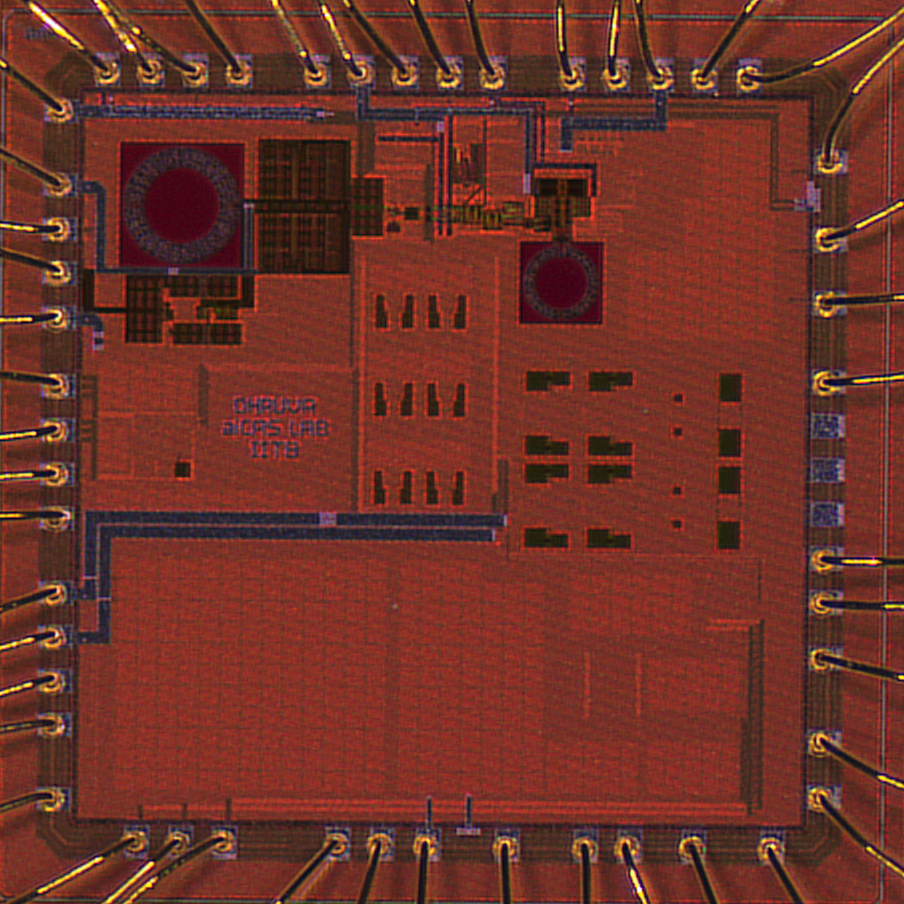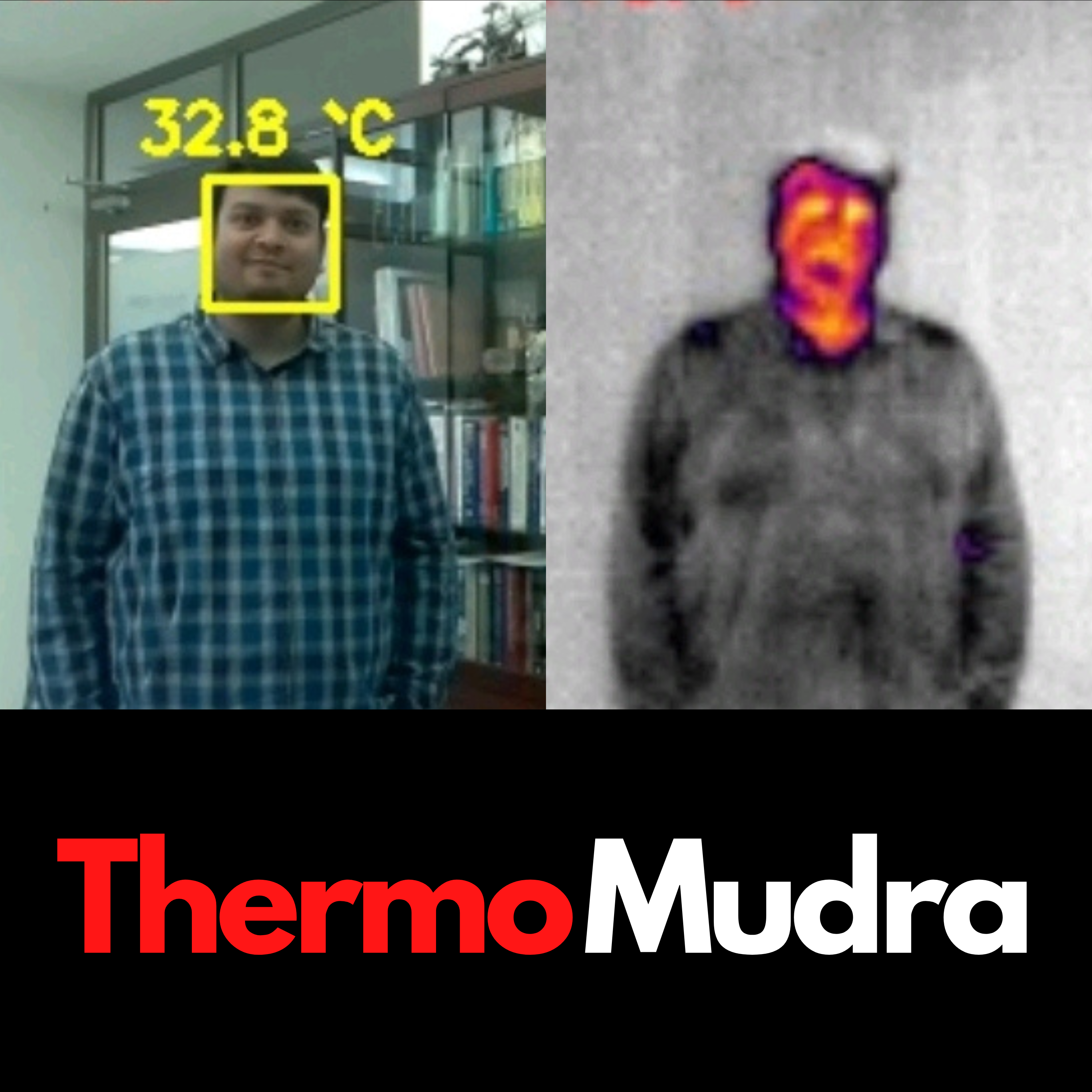Research
Dhruva
Multi-band GNSS Receiver Front-end IC
The signals received from the satellites are extremely weak compared to the ambient noise. This chip can clean up all the interfering signals, sifting out the weak desired navigation signals. These are then amplified by approximately 400,000 times before converting to digital bits using on-chip Analog-to-Digital Converters (ADCs). The digital data from Dhruva can then be further processed by any standard digital signal processor to determine one’s location accurately. One of the challenges involved in the navigation receivers that work with multiple navigation systems is the tunability to different frequencies. Along with GPS and NAVIC, the IC can be tuned to frequency bands occupied by other worldwide navigation systems, making it indeed a universal solution.
mm-Wave Transceiver Circuits
mm-Wave frequency bands provide high bandwidth and extensively significant for next generation wireless systems. Low Phase Noise VCO design at mm-Wave frequencies is one of the challenge faced be designers. Here, significant work has been done on design of Low Phase Noise VCO from 25-27 GHz. State-of-the art EM simulation tools are being used for EM characterization of Inductors, Transformers and Capacitors. Also, research is going on design of Wideband (28-40GHz) efficient on-chip Power Amplifier Design. Phased array transmitter will be explored in detail in future where digital beamforming can be a suitable candidate for designing multiple antenna system (MIMO).
WiDHI
Wireless Power and Data Transfer Chip for Healthcare Implants
Biomedical devices that can are placed directly inside the body are more helpful and promising in monitoring physiological parameters. These devices can also help in treating disorders and restoring the functionality of damaged organs. Popular applications of in-body devices are drug delivery, neural stimulation, hearing aids, vision prosthesis, etc. Battery powered implants needs frequent replacement/recharging surgeries. Chemicals in battery also poses health risks. Entirely passive implants or wireless charging of batteries is desirable. Wireless implants work with an interrogator that delivers power and commands to the implant and receives the implant’s data. Passive implants eliminate any sorts of power storage requirements
ThermoMudra
A Contact-less, Fast Body Temperature Imaging Device
By constant monitoring, high-risk candidates having higher than normal temperatures can be identified. ThermoMudra device takes both optical and thermal images in high traffic areas such as security entrances and identify suspected candidates with fever. Airport security thermal scanners are extremely costly and are not a practical solution everywhere. Our goal is to come up with an IOT device that can be attached to a mobile phone and collect thermal as well as optical images. The tagged images will be stored in the cloud for further processing using machine learning.
SATVAM
Streaming Analytics over Temporal Variables for Air quality Monitoring
- Sensing Critical Air Quality Pollutants using Laser-Scattering & Electro-Chemical Sensors – PM2.5, PM10, NO2, SO2 & Ozone.
- Scientific validation & calibration of sensor data using FEM & FRM grade-equipment.
- Low-Powered & Long-Range Wireless Data Transmission using LoRa / NB-IoT.
- Energy Harvesting using Solar & Thermal energy.
- Realtime Field Calibrations using AI/ML techniques such as Random Forest Algorithms.




